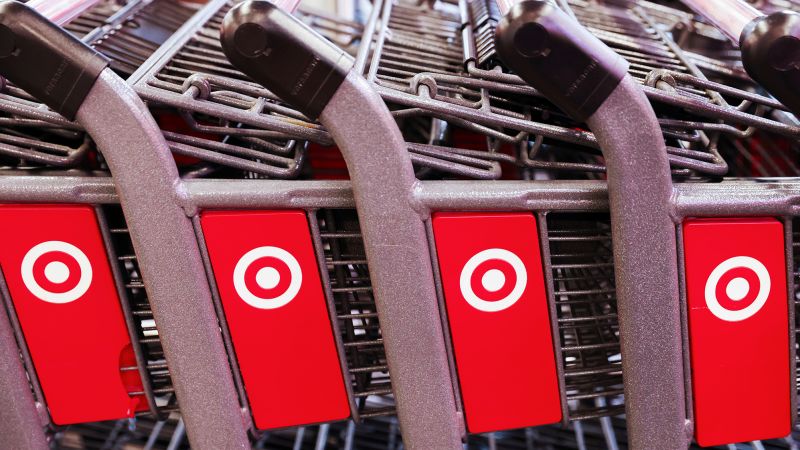Target is closing nine stores across four states, claiming theft and organized retail crime are creating an unsustainable business environment.
Target is part of a wave of retailers – both large and small – who say they’re struggling to contain store crimes, with closures, changes to merchandise and layouts and even effects on quarterly results. Nevertheless, skeptics say stores have not provided enough information to back up their claims, and at least one retailer said theft was an exaggerated issue.
“We cannot continue operating these stores because theft and organized retail crime are threatening the safety of our team and guests, and contributing to unsustainable business performance,” Target said in a release. “We know that our stores serve an important role in their communities, but we can only be successful if the working and shopping environment is safe for all.”
It’s not clear that crime is growing significantly more serious. But as economic fears grow amid inflation and rising borrowing costs, shoplifting often comes with the territory, industry watchers say.
The stores will close on October 21. The stores include the East Harlem location in New York City, two locations in Seattle, three locations in Portland, and three locations in San Francisco and Oakland.
The retailer said it had added more security and implemented other anti-theft tools before deciding to close the stores.
Affected employees will be able to transfer to other Target locations.
It is not clear whether the stores were under-performing or reaching their revenue goals. Target did not comment on this or provide data on theft at the stores.
While Target previously said it was expecting to lose $500 million due to rising theft, stores from Nordstrom to Whole Foods closed stores in San Francisco, for example. In its quarterly earnings call, Dollar Tree even said it might stop selling certain products in some stores.
But one Walgreens executive earlier this year said it was possible the chain had “cried too much” over shoplifting.
Target’s announcement comes on the same day that the National Retail Federation released new figures on the state of retail theft.
The NRF, the retail industry’s largest trade group, said Tuesday that average shrink – a term that refers to merchandise that goes missing due to external and internal theft, fraud, damage and other reasons – cost retailers $112.1 billion in losses in 2022, up from $93.9 billion in 2021. The group said the average shrink rate in 2022 increased to 1.6%, up from 1.4% the previous year.
Target said it will continue to make “significant investments” to keep the rest of its 150 stores safe.
Besides more security and occasionally locking cases of products, Target said it’s partnering with the US Department of Homeland Security’s Homeland Security Investigations to combat retail theft and making “significant investments” into cyber defense.
The retailer is boosting its threat intelligence and data analysis to track and capture activity from organized crime groups, it said. Target also said it’s supporting legislation to prevent retail crime.
The NRF said retailers are also increasingly concerned about store crimes becoming more dangerous and violent and are opting to close stores in especially vulnerable locations.
These store locations served important roles in their communities – when the East Harlem location opened in 2010, the company said the first store to open on the Manhattan island was accessible to pedestrians and mass transit and that it would support the local economy.
Target said it has supported the communities the stores are in through donation and initiatives.
Read the full article here













Leave a Reply